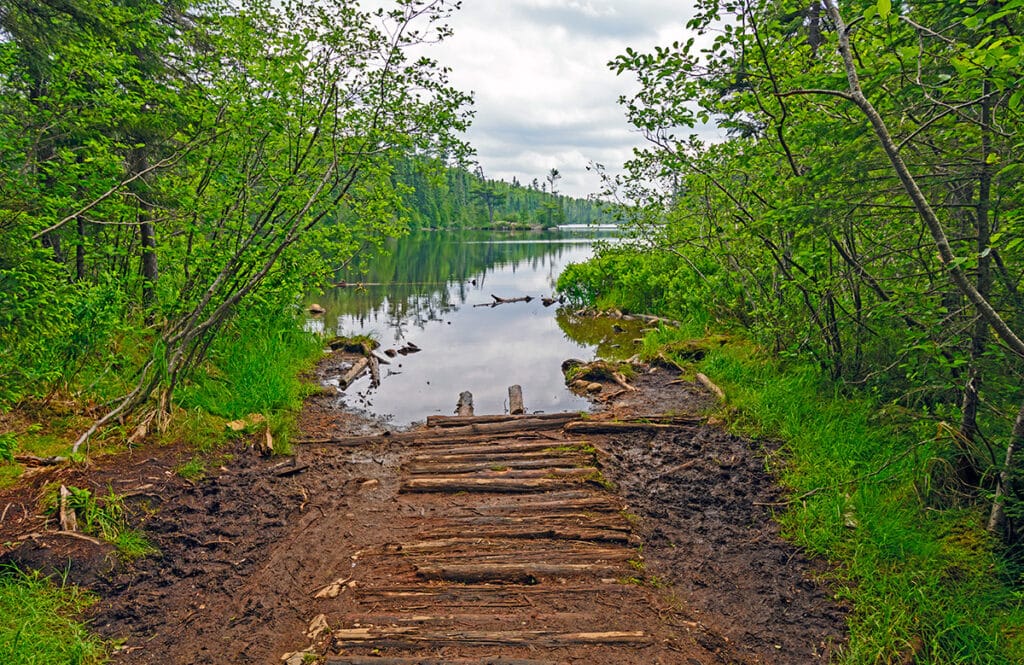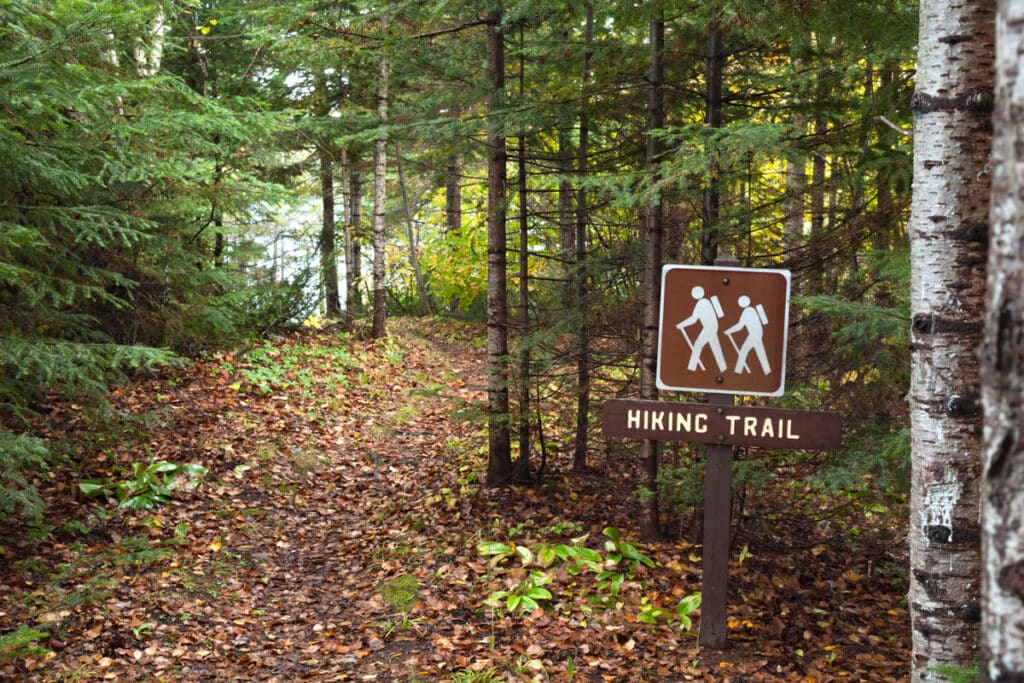
Spring weather can be unpredictable in the northwoods of Minnesota and the USDA Forest Service cautions that the spring thaw means roads and trails are often muddy and vulnerable to damage. Spring storms can mean trails are blocked by downed trees and ruts and mud holes can pose a threat to safety. The Forest Service asks visitors to follow ‘Tread Lightly’ principles and be aware of changing trail conditions.
“Our trails cross a mosaic of landownership to ensure connectivity, our staff and partners work hard year around to ensure these trails are safe and accessible,” says Michelle de Leon, Developed Recreation Program Manager for Superior National Forest. “We look forward to continuing to work with our partners like the MN DNR and the many trail associations across the forest to not only maintain the trails and access, but also in working towards adapting policies and procedures to allow for more flexibility as varied seasonal weather continues.”
Many Tread Lightly principles will sound familiar to those who employ Leave No Trace practices while enjoying the outdoors.

T.R.E.A.D. PRINCIPLES
Travel Responsibly – on land by staying on designated roads, trails and area. Go over, not around, obstacles to avoid widening the trails. Cross streams only at designated fords. When possible, avoid wet, muddy trails. On water, stay on designated waterways and launch your watercraft in designated areas.
Respect the Rights of Others – including private property owners, all recreational trail users, campers and others so they can enjoy their recreational activities undisturbed. Leave gates as you found them. Yield right of way to those passing you or going uphill. On water, respect anglers, swimmers, skiers, boaters, divers and those on or near shore.
Educate Yourself – prior to your trip by obtaining travel maps and regulations from public agencies. Plan for your trip, take recreation skills classes and know how to operate your equipment safely.
Avoid Sensitive Areas – on land such as meadows, lake shores, wetlands and streams. Always ride with caution any time water is present. Wet soils are more susceptible to damage. Riding along river and stream beds causes erosion and habitat destruction. Stay on designated routes. This protects wildlife habitats and sensitive soils from damage. Don’t disturb historical, archeological or paleontological sites. On water, avoid operating your watercraft in shallow waters or near shorelines at high speeds.
Do Your Part – by modeling appropriate behavior, leaving the area better than you found it, properly disposing of waste, minimizing the use of fire, avoiding the spread of invasive species and repairing degraded areas.
More Information
- SNF: Tread Lightly for Spring Trail & Road Use
- Tread Lightly Education
- Tread Lightly Tips for Hikers and Bikers
- Tips for Minimizing Impacts while Camping

